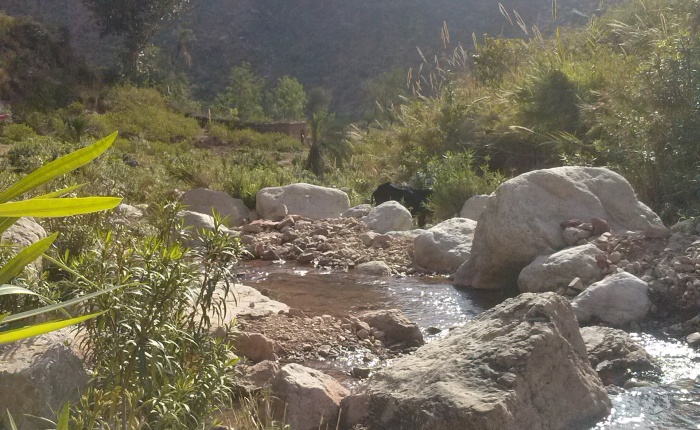Kargil has indeed cast a long shadow over us.
Other things too. In recent days, as the row between the PML N and the men on horseback intensifies, I’m struck by certain political lineages. But first, let’s just applaud this veteran politician for finally saying in public what so many have thought in private:
Javed Hashmi’s press conference in Multan
Javed Hashmi, “the reward for the blood of the martyrs is, however, not the right to rule”
Back to lineages and Punjab vs Punjab:
In a discussion on Fatima Jinnah’s challenge to another dictator, Ayub Khan, someone pointed out that the person who committed the most disgusting PR stunt in Gujranwala against her election campaign, was the father of Khwaja Asif, a PML N stalwart and outspoken critic of the military’s role in politics and foreign policy.
Those who were old enough to remember the explosion and aftermath of the Ojhri Camp disaster 30 years ago, felt a disturbance in the force, so to speak, when they heard of Shahid Khaqan Abbasi becoming Prime Minister – his father, after all, was Zia’s Minister of Production, and the man personally in charge of handling the supply line of Stinger missiles from the Americans to the Mujahideen – who tragically died when one of the Stingers set off by the explosions at Ojhri, locked on to his car’s engine and blew it up. Journalists from that time allege that Stingers required specialist training to operate – only someone with that training could have set them off and there was a very limited set of people within the military who had that training. That set of people was under extreme pressure from the Americans to explain how it was that one of their (the Americans’) spy planes had been shot down by a Stinger fired by Irani ground troops – given that the only country the Americans had sold the Stingers to was Pakistan. The blowing up of the entire stockpile of Stinger missiles eliminated the possibility of the audit that the Americans were demanding. Someone or some people decided that it was acceptable to kill hundreds of Pakistanis, wound and maim thousands and endanger the national capital as well as the military GHQ in order to escape accountability. A somewhat fictionalised account of one reporter’s first-hand experience of these events can be found in Tariq Mehmood’s The Song of Gulzarina. The public was never informed of what happened and common Pakistanis who happened to be in the wrong place at the wrong time still have no answers to their questions. So much for discipline, so much for order and justice. No one was hanged, much less jailed for this complete breakdown in national security, for this mass murder.
And, of course, the party crying foul at being victimised by the establishment is the very party for whom the establishment rigged the 1990 elections, as established in the Asghar Khan case.
Khwaja Asif’s father, Shahid Khaqan Abbasi’s father, Maryam Nawaz’s father… the sins of their fathers, it seems, are being visited upon them… except, of course, that the power doing the visiting was once their benefactor, their best friend.
And now, the usual “unidentified men” have attacked and beaten up the elderly Javed Hashmi.
How much shit must you have pulled to be so scared of the slightest whisper of accountability?!
Every single day furnishes further proof of what Benazir Bhutto said, “Democracy is the best revenge.”
























